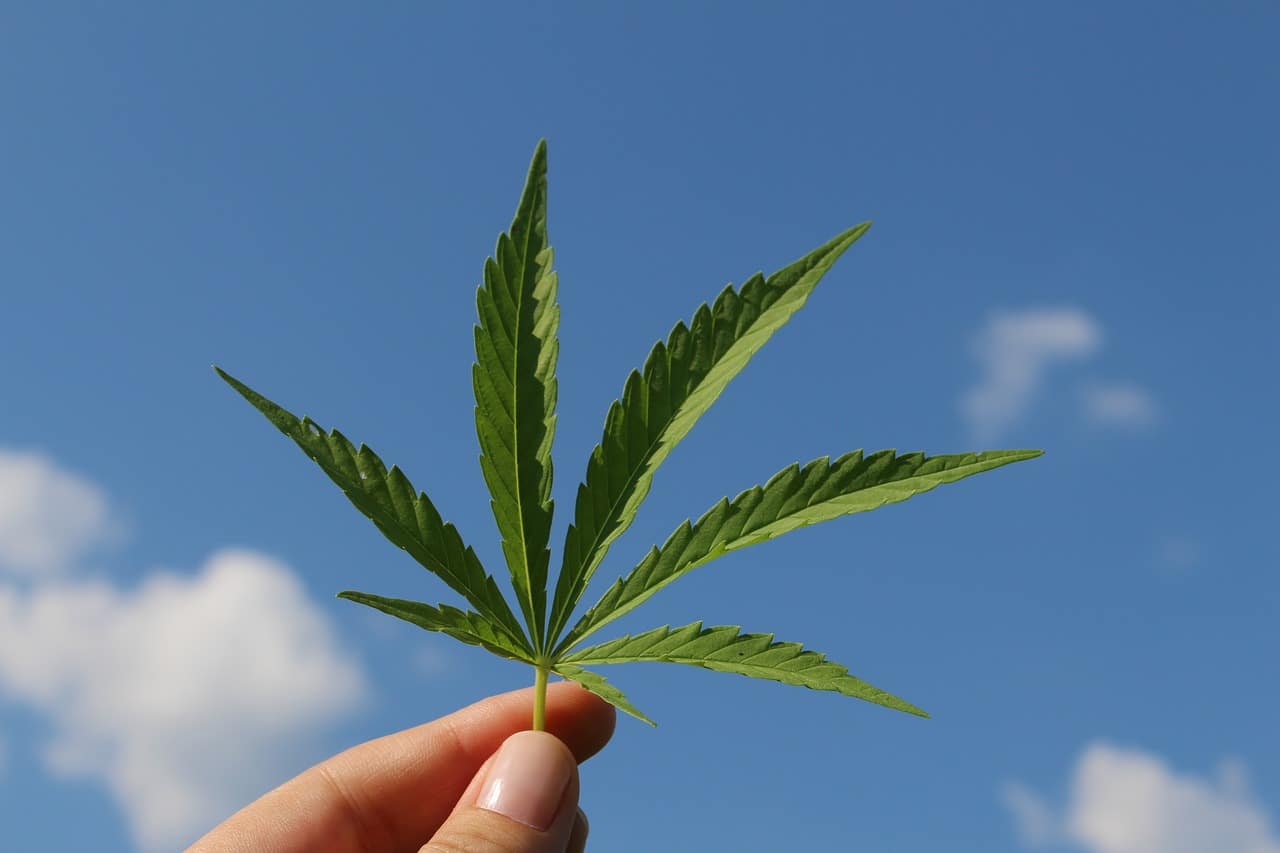Are you having uncertainties about how much space do you need between hemp plants? The required spacing for industrial hemp is four to six inches, while four to six feet is required for cannabinoid hemp (CBD).
In planning a successful hemp crop, you should understand the importance of seed spacing, determine the appropriate seed spacing, and know the right environment to grow hemp plants.

For more information, and if you want to have one in your greenhouse, we’ll discuss how much space do you need between hemp plants below.
Steps In Understanding Hemp Plants Spacing
Small-scale hemp seedlings can be deceiving to look at if ever be planted in a vast area of the field. It appears to be unproductive, but actually, they can grow into bountiful hemp plants. Here are the basic steps to consider to better understand hemp plant spacing.
#1 Knowing the importance of plant spacing
How much space do you need between hemp plants? The hemp plants need adequate spacing for healthier growth and successful crop production. Let’s further discuss some of the reasons why you should consider proper plant spacing:
1. Absorption of nutrients
Planting hemp seeds or plants with their adequate spacing enables them to have an efficient time absorbing and digesting their nutrients. If there is no issue concerning their growth, they will thrive and give farmers the reward of abundant crop production for harvest.
2. Plant monitoring
For us, spaces give us a faster time finding or searching for something because there is no barrier along the way. Same as through with the plants, it links to help farmers monitor their hemp plants. Unnecessary weeds can be detected and removed easily.
Through plant spacing, you can manage your garden or greenhouse of hemp plants well.
3. Prevention of disease
Another importance of hemp plant spacing in your greenhouse or garden is it prevents the spreading of disease. It controls the infestation and invasion of pests.
Fast-spreading fungus like mildew can contaminate plants by traveling from other leaves if they’re too close. But if plants will have spaces, they not spread rapidly, and air could circulate well.
#2 Determining the hemp spaces
Hemp plant also varies in types. The two types of hemp plants are industrial hemp and cannabinoid hemp (CBD). Here are the proper hemp spaces required according to the type of the plant:
1. Industrial hemp
Industrial hemp is not too distant in terms of spacing. They are required to have four to six inches in your garden or greenhouse. The fibrous stalks of hemp are the reason why industrial help has minimal spacing.
Industrial hemp in greenhouses is not required for blooming flowers. They are just intended to occupy the large spaces given to them in industrial land. But the required spacing for them is still important to follow.
2. Cannabinoid hemp
In cannabinoid hemp, the usual requirement of their spacing ranges from four to six feet by distance next to each other. CBD hemp plants are flowering hemp and need a larger space to thrive in.
Space enables them to acquire an adequate amount of lighting, converted into energy necessary to produce luxuriant, cannabinoid-rich flowers.
#3 Considering the types of environment
Primarily, hemp plants have three growing environments: greenhouse, indoor, and field.
But, different environments of hemp plants also have their pros and cons. Hemp growing farmers consider the type of environment they desired for their hemp to grow.
1. Greenhouse
Planting hemp in greenhouses is way more controllable and manageable compared to the field. A greenhouse is secured and is protected from destructive pests. It is also a money-saving idea and can have a lesser ecological footprint.
In connection with greenhouse-grown hemp, you must acquire a license in growing your greenhouse hemp. You can get it through your local hemp regulation offices.
2. Indoor
Some farmers are converting their warehouses for growing their indoor-grown hemp. The advantage of indoor planting of hemp is the superior control of its environmental condition. It is much secured from the attacks of pests.
Furthermore, farmers can manage proper lighting control. Allowing hemp to grow in a denser ambiance will enable to produce potent production of flowers.
Though, it could be a challenge of start-up cost at first because of a large set-up. The allocation involves reconstruction of the area and accommodation of the planting materials. All in all, it requires effort and a long time.
3. Field
Filed-grown hemp is the traditional way of planting among farmers for thousands of years. It is a natural option among farmers with spacious agricultural land and into the concept of agricultural production.
The beneficial impacts of growing hemp in fields are very evident. They could acquire adequate light and enough space. The full spectrum of light colors contained by the presence of UV light is salient in the blooming period of hemp.
Although outdoor plants are susceptible to soil contamination, hemp is a versatile kind of plants. They have phytoremediation qualities as a defense for the occurrence of contaminants and stabilize their growth.
If there are pros, also expect the cons. If the hemp is already planted outdoors, it will be left there under whimsical weather. Farmers must track the condition of the weather first. Field-grown hemp can encounter unwieldy security issues and restrictions given by its large location.
Final Thoughts
There are various areas and aspects that need consideration in planning to grow hemp in your greenhouse, indoors, or fields. Hopefully, we met your concerns regarding your question on how much space do you need in hemp plants. It is important to know the type of hemp plants to determine the required space.
